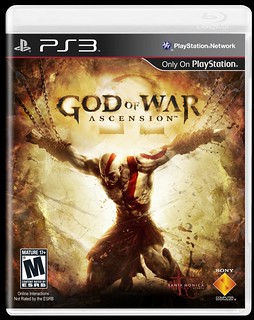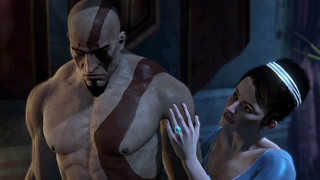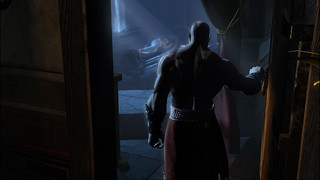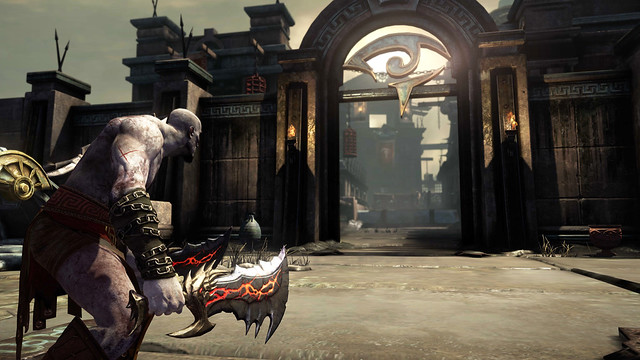

Set before the events of the original God of War, God of War: Ascension is set up as a sort of origin story for the perennially tortured Spartan general Kratos. A sequence early in the game even depicts how Kratos first earned those iconic Blades of Chaos. Watching that scene, I couldn’t help but flash back to the genesis of Spider-Man and The Incredible Hulk, two other social misfits who transcended a personal tragedy to become living legends.
But God of War: Ascension isn’t some dry history lesson. The game begins in the Prison of the Damned, a sprawling structure honeycombed around the body of a vast creature called Hecatonchires, who possesses nearly as many arms as his name has syllables. Sentenced to eternal damnation for turning his back on Ares, Kratos manages to escape his shackles. The newly freed Kratos wastes no time in pursuing his captors, a group of sadistic bounty hunters called the Furies, with predictably antisocial results.


Based on my hands-on time with the game’s first minutes, one of Ascension’s biggest accomplishments is the way it thoughtfully refines and rethinks the series’ time-tested combat foundation. Case in point: In prior God of War games, pressing R1 made Kratos reach out to throw a nearby enemy, a sluggish and risky move with limited application. Ascension wisely replaces this with a more versatile long-range grapple, and the results are just splendid. Grapple an enemy and Kratos will snare him like a fish on a hook, leaving you free to hack away with your remaining blade, hurl him at an enemy, or bound forward to deliver a head-splitting shoulder ram. You can use the grapple on the ground, in mid air, or as part of a juggle combo — it’s always a delight. God of War veterans will surely find ways to integrate the grapple into bewildering new combos, but you don’t need to be an expert to see that it grants a faster, more fluid feel to every battle.
God of War: Ascension surprises in other ways too — especially its more dynamic approach to pacing. One thrilling sequence sees Kratos sliding at breakneck speed down the side of a collapsing fortress while dodging ramparts and rubble; in another, Kratos takes a slow, tense stroll through a gloomy prison block. Certain series mainstays have also been rethought or re-envisioned in the name of accessibility. For example, the series’ trademark QTE button-tapping minigames have been de-emphasized in favor of more fluid, responsive close-combat mechanic. And the final game will see Kratos imbue his Blades of Chaos with different elemental properties, from fire and ice to black magic and more, rather than swapping between different weapons. It’s all in the name of smoother, more integrated combat.

Then there are the smaller visual flourishes, like the way Kratos angles his slashes towards the face of a towering Cyclops rather than hacking at its knees as in past games. Or the way the camerawork effortlessly frames the action from the most dramatic and intimate perspective possible.
Ascension’s boss battles are also shaping up to be predictably jaw-dropping set pieces. The first big tussle with the many-armed Hecatonchires is a technological stunner that pits you against swarms of glistening parasites in addition to the big man himself. The environment here is as much of a character as your foe, as Hecatonchires lifts, rotates, and smashes the very rooms you’re fighting in. It’s a feast for the senses and a powerful affirmation of PS3′s continued technical prowess.
Have any questions regarding my hands-on experiences with God of War: Ascension? Leave them in the comments below!
